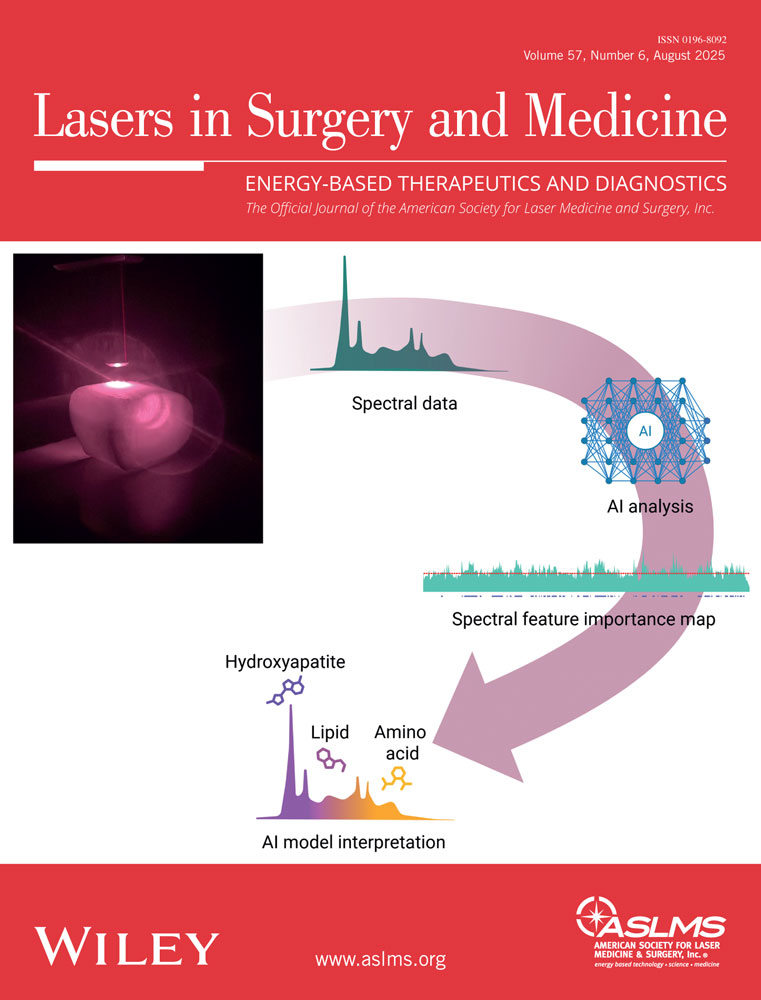Measurements of laser light attenuation following cryogen spray cooling spurt termination
Abstract
Background and Objectives
Cryogen spray cooling (CSC) is used to minimize the risk of epidermal damage during laser dermatological surgery. However, while CSC can protect the epidermis from non-specific thermal damage, the cryogen film on the skin surface may pose a potential problem of laser light attenuation due to optical scattering.
Study Design/Materials and Methods
This study is focused on measuring the light transmittance changes that occur following cryogen spurt termination. The wavelengths studied were chosen for their clinical relevance to treatment of hypervascular skin lesions (594 nm) and laser-assisted hair removal (785 nm). Following delivery of cryogen spurts to the surface of an epoxy skin phantom, continuous records of light transmittance for 594 and 785 nm were obtained using an integrating sphere-based light collection apparatus.
Results
Shortly after spurt termination, there was negligible light attenuation by the cryogen film at the two wavelengths studied.
Conclusions
For the typical clinical use of a 30 milliseconds spurt duration and 30 milliseconds delay between spurt termination and delivery of the laser pulse, a minimum average transmittance value of ∼97% was measured. Lasers Surg. Med. 32:143–147, 2003. © 2003 Wiley-Liss, Inc.




